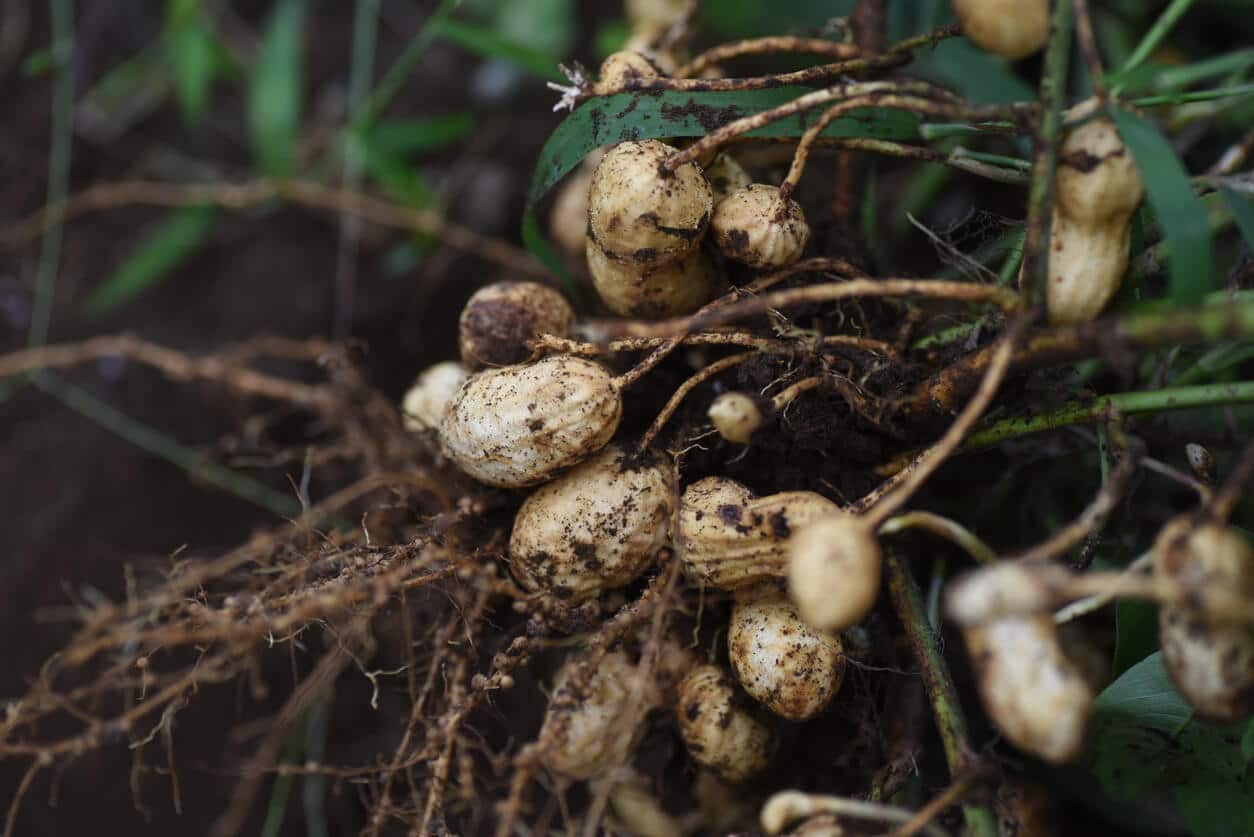Find out how South Africa’s building up new innovations and technology for growers across the region.
Today marks day one of the World Seed Congress in Cape Town, South Africa, where seed professionals across the globe are gathered to network and discuss business. But, along with networking, seed professionals are joining together to find bigger and better solutions to address global challenges the industry faces.
Kicking off the day in Cape Town, the International Seed Federation (ISF) took a deep dive into the South African seed sector as a tribute to its host, SANSOR, by looking into the topic “Investing in South Africa’s Seed Sector.”
This session focused specifically on the statutory levy system for breeding and technology of self-pollinated crops in South Africa.
“The breeding and technology levy is a statutory levy — we must apply for it every two or three years. Essentially, what that entails is at the first point of sale, a levy is levied per ton of grain delivered. That money or funds are collected and administered by the SACTA,” said Andrew Bennett, CEO of the South African Cultivar and Technology Agency (SACTA) during the panel discussion on the Channel World Seed Coverage.
Bennett adds that 20% of the net levy is diverted or used to support emerging farmers and SACTA’s transformation, while 75% goes back to the seed companies that have sold grain or seed in the country.
Though it’s a complicated calculation, the idea is companies will continue to invest in their breeding programs to improve the performance of varieties prior to them aging past their use. According to SACTA’s website, this helps keep production of self-pollinated crops — such as wheat, barley, oats and soybeans — sustainable to reduce food security through the continuous development and introduction of new seed varieties and new biotechnology.
For grain farmers in South Africa, organizations like Grain South Africa push the benefits of the levy and the advantages it has on innovation and growers.
“Grain South Africa was instrumental to get this implemented, and for us, it’s very important on a weekly basis,” said Pieter Taljaard, CEO of Grain South Africa.
Though this levy is important to continue to foster innovation, Taljaard added they still have conversations with growers asking: ‘Why am I paying for technology that hasn’t been launched?’
Though there are challenges, such as speed and how quickly to launch new innovations, in its second iteration, the levy continues to improve.
“Some of us are seeing the benefit,” he said. “The new technology is coming, and it’s really going to make a difference. We have seen South African farmers as quick adopters of technology, and South African farmers need [the levy] because of the situation we are in. The contribution or support from the government is really minimal.”
To combat that, farmers need to be on the cutting edge to be productive and stay sustainable, Taljaard added.
“Twenty years is a long time to wait,” said Arthur Schröder, licensing business portfolio manager of seeds and traits, Southern Africa for Bayer. “The problem was highlighted that we’re dealing with self-pollinated crops here, which farmers can easily keep back, and they tend to do that. We know that in South Africa, farmers do tend to give back seed so the seed companies or technology providers will not earn any revenue from farm-saved seed.”
He added one of the milestones to bringing any new technology is creating a system where the farmer pays for the value that he or she captures at the end of the day.
The levy has been a game changer not only for the farmers but for the industry as well.
“We’ve seen an increase in soybean acres over the last couple of years, so farmers are really seeing the benefit of the crop,” Schröde said. “We’re also seeing significant increases in the number of soybean varieties being registered on the national variety list.”
Because of the levy, other companies like GDM are looking to bring new self-pollinated crops to South Africa.
Though sunflowers and corn are managed and grown in a different way, Thiago Schwonka, GDM’s Europe, Africa and Asian business leader, believes this levy can help grow the seed industry for the future.
“The idea was to increase the market and bring our knowledge of management of the varieties to increase the seed industry,” Schwonka said. “This is very important.” As South Africa works to continue its investment in the seed industry, make sure to take note of more of the conversation coming out of the region. Watch the full panel discussion from the ISF World Seed Congress at:











